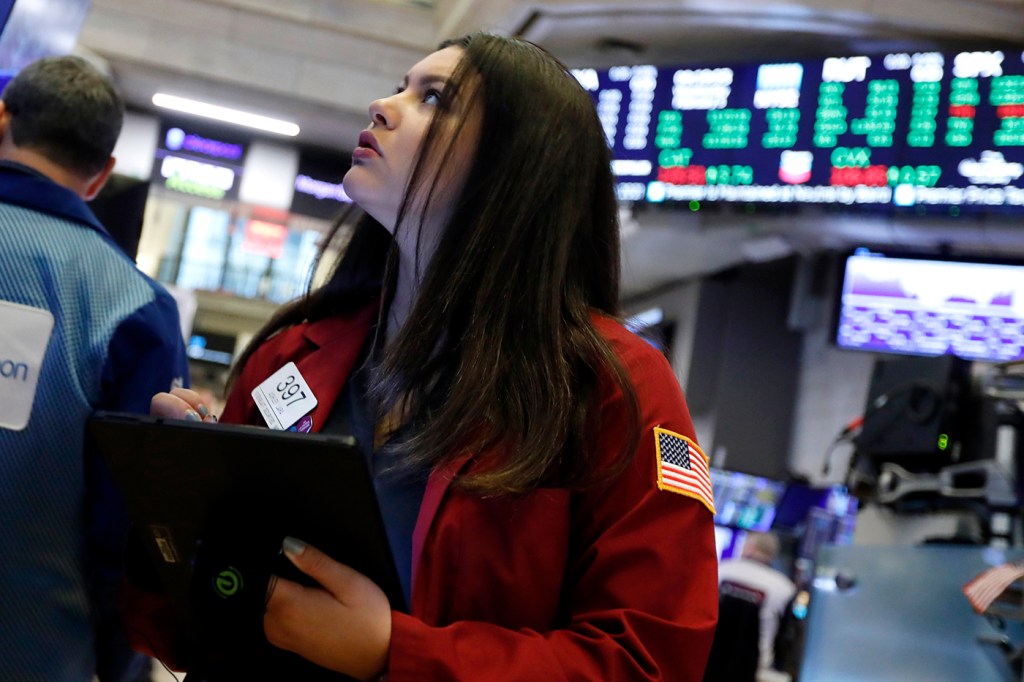How should investors deal with market volatility caused by COVID-19? (Spoiler: Wait it out.)

The stock market has had a tumultuous week, reacting to financial uncertainty caused by the COVID-19 pandemic, but Yakov Bart, associate professor of marketing at Northeastern, says the key to getting through is to not panic. His advice for investors: Stay calm and keep a diverse portfolio.
“Try to keep emotions out of your decisions,” he says. “Plan in advance. Historically, research shows that investors who stop to diversify perform the best.”

Yakov Bart, Associate Professor at D’Amore-McKim School of Business. Photo by Matthew Modoono/Northeastern University
Diversification means making sure your portfolio has varied investments, Bart says, so he recommends investing in stocks and bonds; in different industries; large companies and small companies—in short, never putting all of your eggs in one basket. For example, invest 50 percent in stocks and 50 percent in bonds. The value of bonds usually increases when the value of stocks fall, so if an investor is invested in both, the total portfolio doesn’t lose value.
And, while it can be easy to feel like you have to watch the market every minute, Bart says the best policy is not to obsess your stocks every minute of every day.
He recommends setting a schedule for when to check your investments, but only adjust to maintain a diverse portfolio, because watching it constantly is just going to stress you out.
“It’s essentially going to Six Flags, except Six Flags is safer because you can’t make decisions that put your retirement in danger,” Bart says.
He adds that investors shouldn’t feel they have to sell unless they need the money to cover their living expenses. Otherwise, if they sell now, they lose the opportunity to benefit when the market inevitably recovers.
The S&P 500 has fallen nearly 30 percent since its peak in February, entering bear market territory for the first time in 11 years. A bear market is a 20 percent or more drop from the highest point. It’s the fastest the S&P has ever fallen into a bear market, taking just 15 trading days. Even in 1929, ahead of the Great Depression, it took 30 trading days to enter into a bear market. The market’s losses in the last few weeks mark the steepest since the 2008 financial crisis, and regulators are fighting off calls to close Wall Street. The sell-off has been so severe that it has triggered a temporary halt in trading three separate times in the last two weeks.
As for concerns that the volatility in the market could drag the U.S. into a recession? Bart says there’s no way to tell now.
“I can come up with tons of reasons in hindsight, why the market did what it did, but typically these explanations don’t allow you to predict what the market will do,” he says.
For media inquiries, please contact Marirose Sartoretto at m.sartoretto@northeastern.edu or 617-373-5718.





